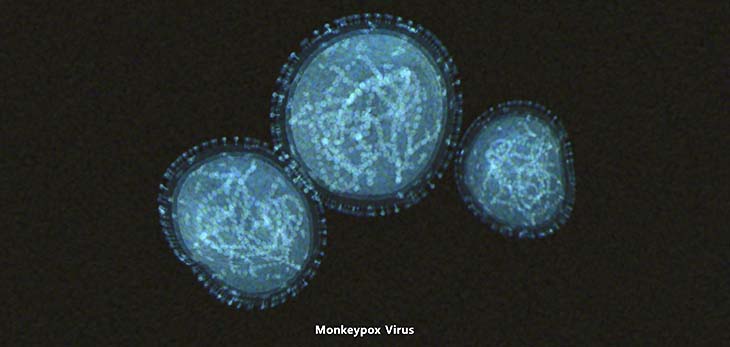As cases of monkeypox continue to rise globally, this very rare infectious disease has hit home. The first suspected case of monkeypox was reported today in Sacramento County (and the first in the state of California).
Dean Blumberg, chief of pediatric infectious diseases at UC Davis Children's Hospital, answers frequently asked questions about this disease, what we know so far and how to protect yourself and your family.
Is monkeypox a new disease?
This is not a new disease. Monkeypox has been around for years. The first human case was recorded in 1970 in the Democratic Republic of the Congo. Typically, monkeypox occurs in Central and West Africa.
According to the World Health Organization, as of May 22, more than 250 confirmed and suspected cases of monkeypox have been reported in 16 countries in this recent outbreak.
What are the signs and symptoms of monkeypox? At what point is it infectious?
Monkeypox starts with fever, then general body aches, malaise, and muscle aches. with the first symptoms are similar to influenza. Those usually precede the development of a rash. You have probably seen photos of the rash. It's really hard to miss. It starts as macules, which are flat lesions. Then it forms a firm nodule. From there, it becomes a blister, then a pustule (a blister containing pus) and then it scabs over.
According to the Centers for Disease Control and Prevention (CDC), the incubation period (The time from infection to symptoms) for monkeypox is usually 7 to 14 days, but it can range from 5 to 21 days.
People may be contagious at the early signs of fever and stay infectious through the rash until the skin scabs and heals over.







